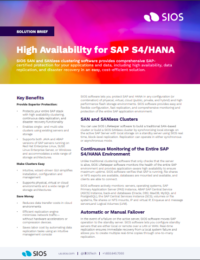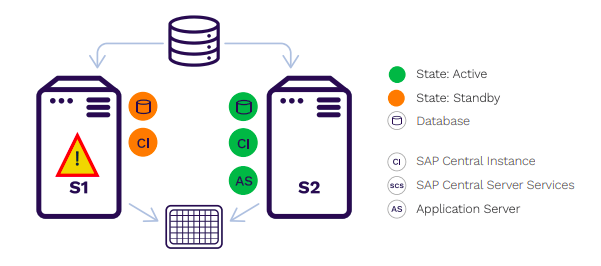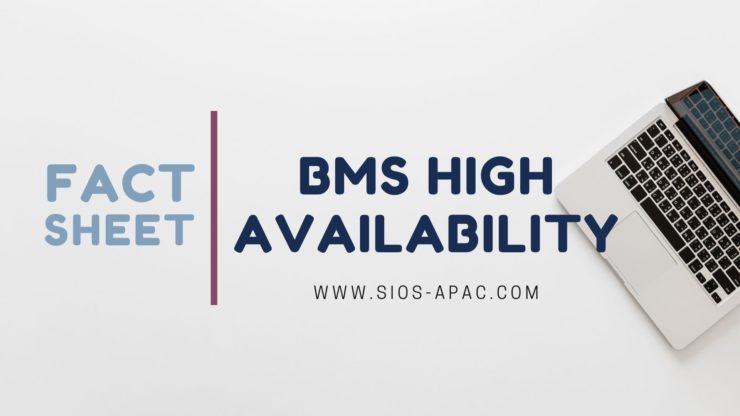White Paper: Exploring High Availability Use Cases in Regulated Industries
While downtime in business-critical systems, databases, and applications imposes costs on every organization, different industries have different consequences associated with unplanned downtime.
In this tech brief, we explore high availability (HA) use cases and SIOS customer success stories in the financial services, healthcare, manufacturing, and education industries.


 SIOS SAN and SANless clustering software provides comprehensive SAP certified protection for your applications and data, including high availability, data replication, and disaster recovery in an easy, cost-efficient solution.
SIOS SAN and SANless clustering software provides comprehensive SAP certified protection for your applications and data, including high availability, data replication, and disaster recovery in an easy, cost-efficient solution.



